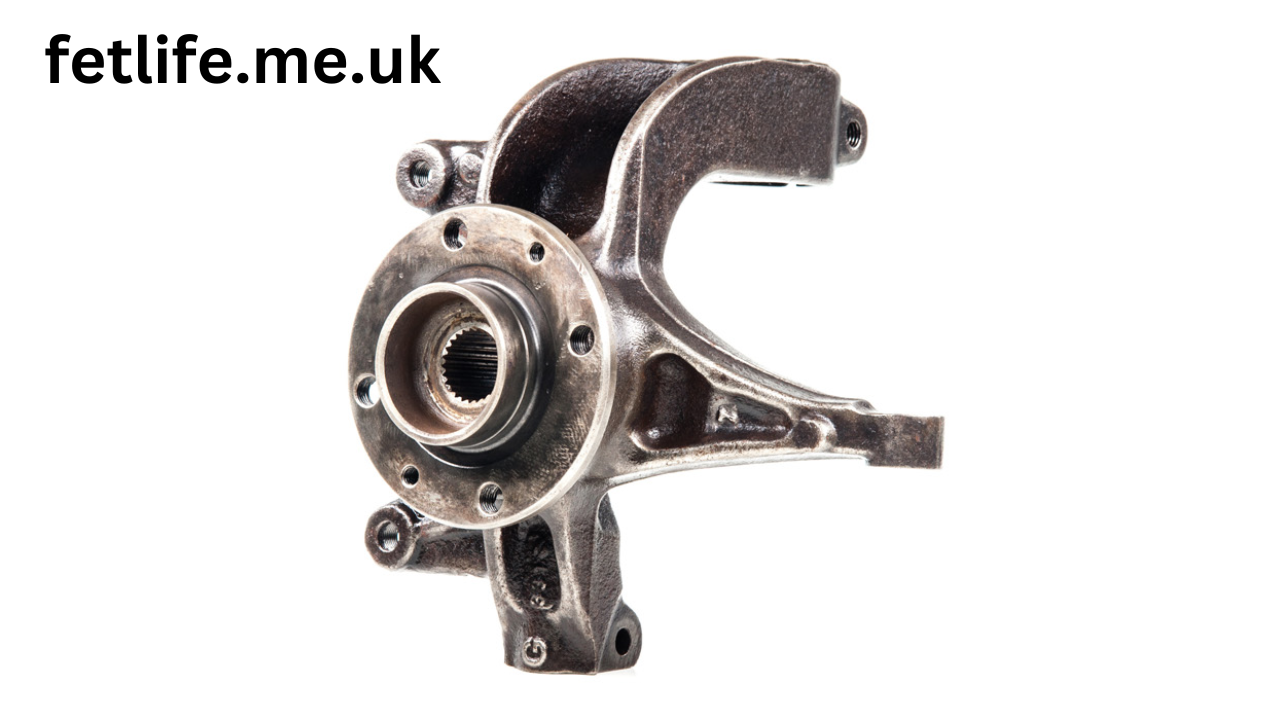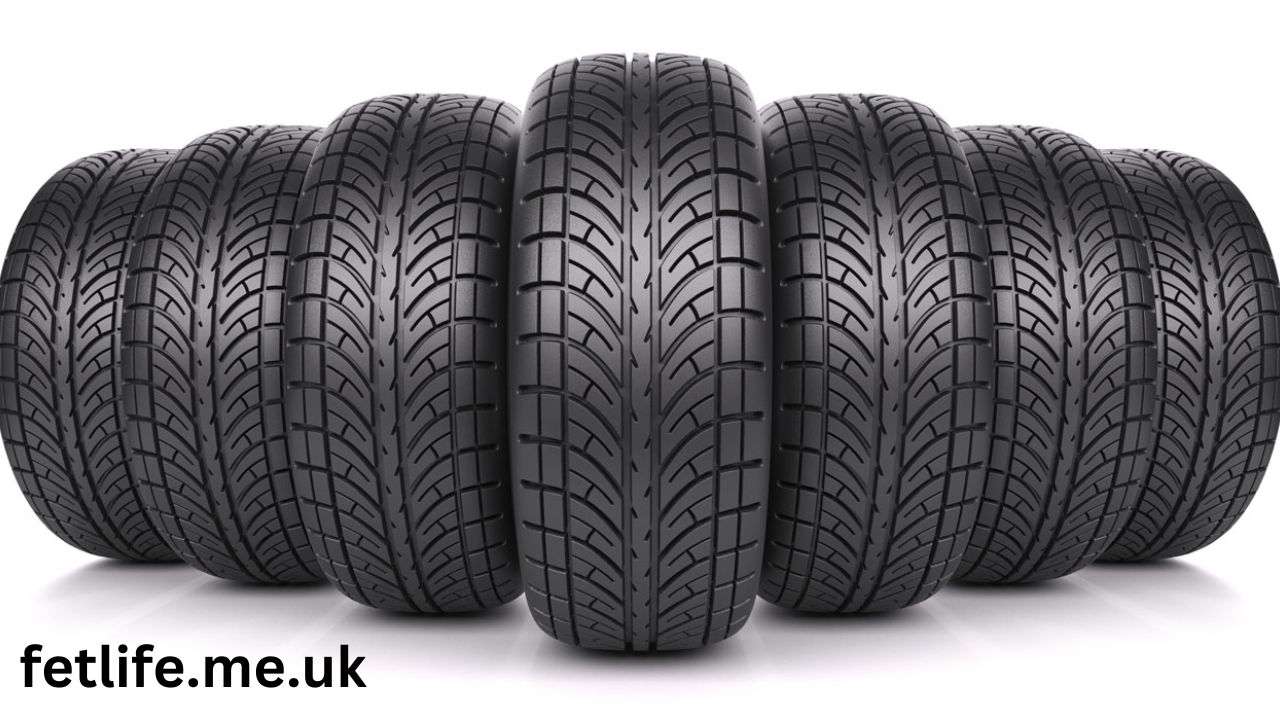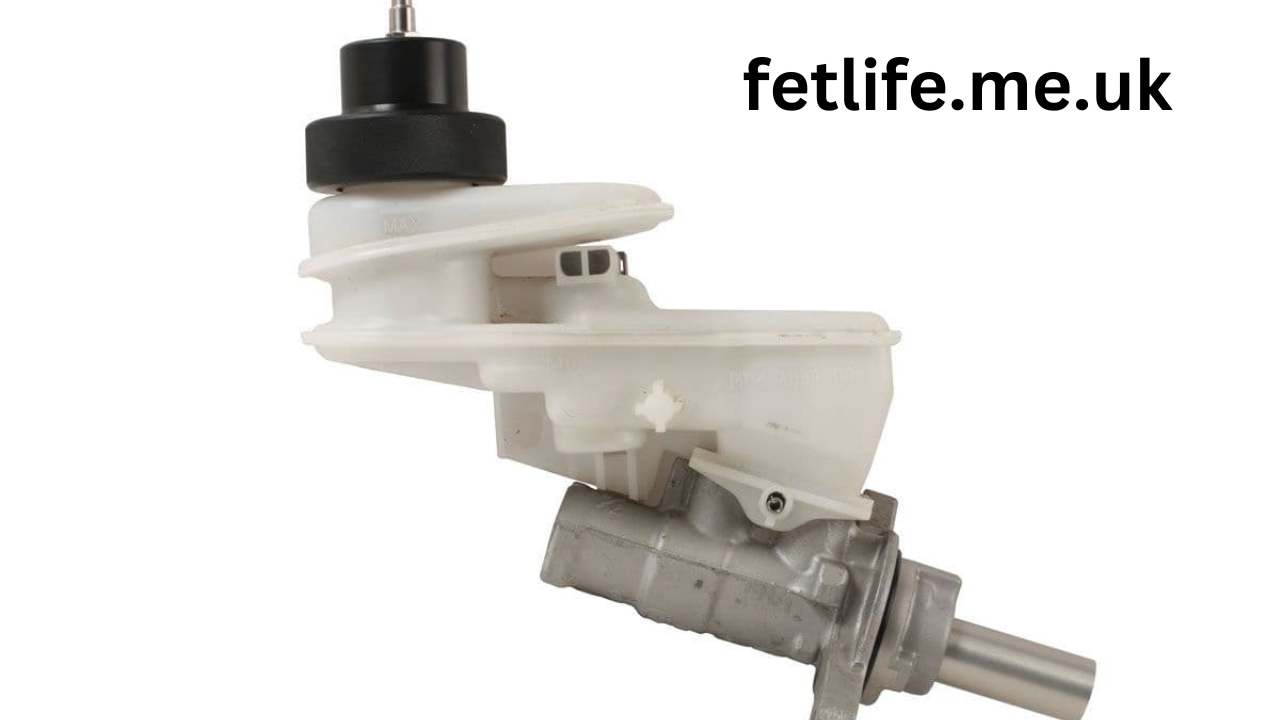The steering wheel is a central element of any vehicle, ensuring that drivers maintain control over their vehicle’s direction. However, in certain driving situations or for people with specific physical needs, handling the steering wheel can become a challenge. This is where the wheel knob comes into play. Also known as a spinner knob, suicide knob, or driving knob, this device has been a fixture in some vehicles for many decades. It is designed to make steering easier, especially for individuals who may have limited hand or arm strength, those with mobility issues, or in cases where specific tasks demand precision in steering, such as parking or navigating tight spaces.
In this article, we will explore the history of steering wheel knobs, how they function, their advantages and disadvantages, and their contemporary applications in both personal and professional settings.
What Is a Steering Wheel Knob?
A steering knob is a small accessory attached to the steering wheel to assist with steering. Typically, the knob is mounted to the rim of the wheel, either at the top or the side. By providing a point of contact that can be gripped with one hand, it allows the driver to turn the wheel with minimal effort, which is especially useful when maneuvering in confined spaces or executing sharp turns. The knob is often spherical or round in shape, providing a comfortable grip, but it can also take other forms depending on the design.
The History of the Steering Knob
The use of steering wheel knobs dates back to the early 20th century, when automobiles were becoming more accessible to the general public. Early motor vehicles required a great deal of manual effort to turn the steering wheel, particularly when the car was moving at lower speeds or when making sharp turns.
Before the invention of power steering in the 1950s, steering was far heavier and more physically demanding, especially for drivers of larger vehicles or cars with larger steering wheels. As a result, some drivers sought ways to make steering easier and less physically taxing. The introduction of the steering knob offered a solution by allowing the driver to apply more torque with one hand, reducing the effort needed to turn the wheel.
In the mid-20th century, these knobs began to gain popularity, particularly in the United States. The nickname “suicide knob” emerged during this period, though it is not entirely clear why the term became associated with the accessory. The origin of the term is sometimes linked to the idea that having a knob on the steering wheel could potentially cause an accident by the driver losing control, especially in cases where the hand was not properly gripped. Regardless of the origin, the term remains controversial and is often avoided in favor of less dramatic terms like “spinner knob” or “steering knob.”
How Do Steering Wheel Knobs Work?
A steering knob works by providing a central point of contact for the driver to grip. When a driver turns the knob, the wheel itself rotates, and in the case of modern vehicles, this allows the driver to steer without needing to hold the entire circumference of the wheel.
In essence, the knob increases the leverage the driver has over the wheel, allowing for easier turns. For people with limited arm strength, such as elderly drivers or individuals with certain disabilities, the knob reduces the amount of force required to turn the wheel. The mechanism may vary depending on the design, but most knobs are mounted directly to the steering wheel, either on the top, side, or in some cases, even underneath the wheel.
Some modern steering knobs are designed with added features such as ergonomic grips or adjustable tension, which allow the driver to customize their driving experience for comfort and convenience.
The Advantages of Using a Steering Knob
The primary advantage of using a steering knob is the improved ease of steering. Here are some specific benefits:
- Reduced Effort in Steering: For individuals with limited hand or arm strength, a steering wheel knob allows them to turn the wheel with minimal effort. This can be especially useful for elderly drivers or those recovering from injury or surgery.
- Better Control at Low Speeds: In situations like parallel parking, navigating through tight spaces, or making sharp turns, a steering knob offers better control, making it easier to make precise movements.
- Assistive Technology for Disabled Drivers: Individuals with certain disabilities that impair the use of their arms or hands can greatly benefit from the use of a steering knob. It allows them to drive more safely and independently.
- Comfort and Ergonomics: Some steering knobs are designed with ergonomic grips or soft-touch materials to make them more comfortable to use, reducing hand fatigue on long drives or during challenging maneuvers.
- Ease of Installation: Many steering knobs can be easily installed without the need for complex modifications. They are often compatible with a variety of vehicle types and steering wheels, making them a practical solution for many drivers.
Previous article; 3327 E Harrisburg pike 17057 Amazon A Vital Hub for Logistics and E-Commerce
The Disadvantages of Steering Knobs
While steering knobs provide several advantages, there are also some potential drawbacks to consider:
- Safety Concerns: One of the most significant disadvantages of steering wheel knobs is the safety risk they pose. If the knob is not properly used, it can cause the driver to lose control of the wheel, especially during high-speed driving or sudden maneuvers. The knob can also obstruct the driver’s ability to properly control the vehicle in emergency situations. Additionally, some critics argue that the knob can interfere with airbag deployment, increasing the risk of injury in the event of an accident.
- Legal Restrictions: In some regions, steering knobs are regulated or outright banned due to their potential safety hazards. For example, many countries or states do not permit the installation of steering knobs on vehicles that are driven on public roads. This is primarily due to the fact that these knobs can be considered as modifications that might impact the vehicle’s safety performance or handling. Drivers should always check local laws before installing a steering knob.
- Incompatibility with Modern Vehicles: With the advent of power steering and advanced vehicle control systems, steering knobs are less necessary in modern vehicles. Many newer cars are equipped with systems that allow for lighter, more responsive steering without the need for any additional tools or modifications. Additionally, the design and shape of modern steering wheels may not accommodate the installation of a knob, making them less useful for contemporary vehicles.
- Uncomfortable for Some Drivers: Not all drivers find steering knobs comfortable or convenient. Some may find them awkward to use, particularly on long drives, or they might interfere with the normal driving experience. It also can be difficult to get used to controlling a vehicle with one hand, particularly for drivers who are accustomed to holding the wheel with both hands.
- Impact on Driving Technique: Relying on a steering knob could potentially impact a driver’s technique, especially in critical driving situations. Proper hand placement on the wheel is crucial for optimal control, and using a knob could make it easier to develop poor driving habits, such as not keeping both hands on the wheel or turning the wheel too forcefully.
Modern-Day Use of Steering Wheel Knobs
Despite the drawbacks, steering knobs are still used in certain situations. Here are some of the common scenarios where these devices are employed today:
- Disabled Drivers: People with physical disabilities who struggle with steering due to limited strength, range of motion, or other impairments may find steering knobs to be a valuable assistive device. Specialized knobs can allow individuals with limited mobility to drive safely and independently.
- Heavy-Duty Vehicles: In certain commercial or industrial vehicles, such as forklifts, tractors, or large trucks, steering knobs can be used to assist with the heavy, manual steering required to navigate through tight spaces. These vehicles often have large, cumbersome wheels that are challenging to steer without the extra leverage provided by a knob.
- Driving Schools and Test Vehicles: Some driving schools or instructional vehicles may use steering knobs as an aid for teaching students how to handle the vehicle more easily, particularly when it comes to low-speed maneuvers such as parking.
- Motorsports and Racing: In some motorsports, such as drag racing, a steering knob can help with quick turns or adjustments at high speeds. However, these situations typically require specialized designs that are optimized for fast handling and durability.
- Boat and RV Owners: Steering knobs are also popular among boat owners and RV drivers. The maneuvering of large vehicles or watercrafts often requires more precision, and a steering knob can help make tight turns easier and more manageable.
Alternatives to Steering Knobs
In addition to steering knobs, there are several alternative devices and technologies designed to assist with steering, including:
- Power Steering: Most modern vehicles come equipped with power steering, which greatly reduces the effort needed to turn the wheel. This eliminates the need for a steering wheel knob for many drivers.
- Hand Controls: For drivers with disabilities, hand controls are another alternative to steering knobs. These devices allow drivers to control both the throttle and brake with their hands, making it easier to drive without using the foot pedals.
- Adaptive Steering Devices: These systems allow for more customizable steering, making it easier for drivers with physical disabilities to control the vehicle. Some vehicles are now equipped with electronic systems that automatically adjust steering sensitivity.
Conclusion
The steering wheel knob has a fascinating history, serving as a solution to the physical demands of driving in earlier times and continuing to provide valuable assistance for people with disabilities and specific driving needs today. While its use has declined with the advent of power steering and modern vehicle designs, the knob remains a useful tool for some drivers, particularly those with limited strength or mobility.
Despite its advantages, drivers should consider the potential safety risks, legal restrictions, and comfort concerns associated with using a steering knob. It’s important to carefully evaluate whether a steering knob is the right solution based on individual needs and preferences.
As technology continues to evolve, the future of driving aids like steering knobs will likely see further innovations, with more efficient and safer alternatives designed to enhance the driving experience for everyone, regardless of physical ability.










